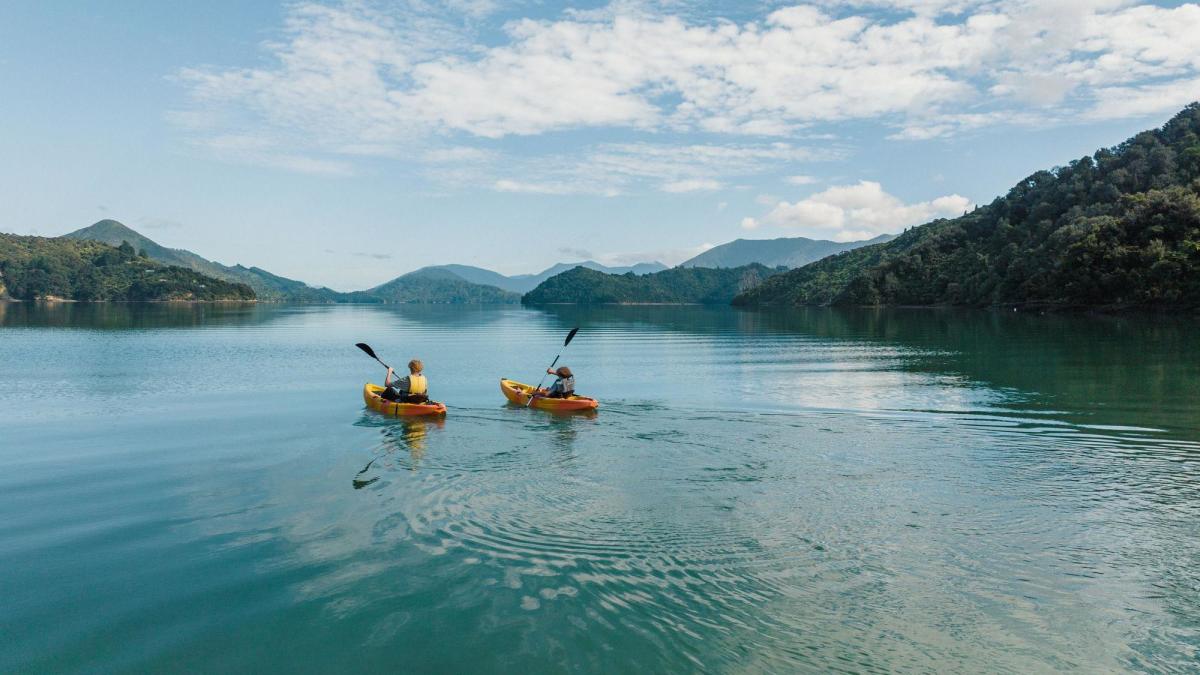Iceland has experienced a remarkable transformation in recent years, becoming one of the world’s most sought-after travel destinations. In the early 1990s, the country saw just over 130,000 visitors annually, but by 2023, that number had soared to 2.21 million, far outpacing Iceland’s tiny population of around 380,000. The rise in tourism is attributed to clever marketing campaigns, social media buzz, and the country’s breathtaking natural beauty. One key moment was the 2014 #MyStopover campaign, which turned brief layovers into extended adventures, showcasing Iceland’s geothermal hot springs, glacier lagoons, and volcanic beaches. The campaign made Iceland a must-visit destination, drawing travelers from all over the world. However, this surge in tourism has also brought the challenge of overtourism, putting pressure on the country’s most popular spots.
While most visitors head to Reykjavik, Iceland’s capital, and the well-known Golden Circle, the country is now encouraging tourists to explore the lesser-visited northern regions. This part of Iceland, with its dramatic fjords, geothermal wonders, and charming towns like Akureyri and Húsavík, offers an authentic glimpse into Icelandic culture, far from the crowded tourist hubs.
Húsavík, the country’s oldest settlement, is renowned for whale watching. Once a center for whaling, it has since embraced eco-tourism, with former whaling boats now converted into whale-watching vessels. The region boasts a 97% chance of spotting whales on any given trip, with humpbacks, orcas, and minkes migrating through its waters. Many whale-watching boats use electric engines, offering a quieter and more environmentally friendly way to view these magnificent creatures.
Iceland’s northern region is also rich in history. In Sauðárkrókur, visitors can experience 1238: The Battle of Iceland, a museum and virtual-reality experience that immerses them in the famous Battle of Örlygsstaðir, one of the country’s most celebrated sagas. The museum displays Viking-era artifacts, offering a direct link to Iceland’s storied past.
Iceland’s iconic turf houses, which blend seamlessly into the landscape, are another remarkable feature of the north. These grass-covered homes, inspired by Viking longhouses, were built with wood, stone, and thick layers of turf to withstand Iceland’s harsh climate. The Glaumbær turf farm and the Víðimýri Turf Church are two of the most beautiful examples of these structures, offering visitors a glimpse into traditional Icelandic life.
The region is also known for its sheep farming, which has been a central part of Icelandic life for centuries. The hardy, free-roaming sheep produce the wool used to create Iceland’s famous lopapeysa sweaters, recognized worldwide for their warmth and distinctive circular yoke patterns. These sweaters represent a living connection to the country’s pastoral traditions. Visitors can purchase authentic hand-knitted lopapeysa sweaters, often featuring the knitter’s name, as a unique souvenir.
Despite the benefits of increased tourism, Iceland has faced challenges such as environmental degradation and unsafe tourist behaviors. In response, the country introduced the Icelandic Pledge in 2017, which encourages responsible tourism and respectful behavior. By promoting sustainable travel and urging visitors to explore the quieter northern regions, Iceland hopes to protect its unique landscape and culture for future generations.
The less-travelled north of Iceland offers a peaceful, authentic experience, providing visitors with the opportunity to enjoy the country’s stunning landscapes and rich history without the crowds. By exploring these quieter regions, travelers can help ease the pressure on Iceland’s most popular spots while gaining a deeper understanding of Icelandic culture and heritage.




